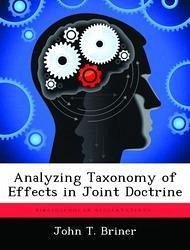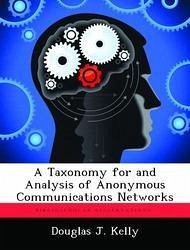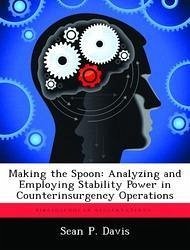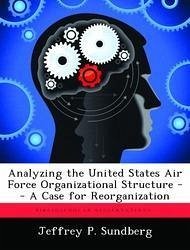Nicht lieferbar

Analyzing Taxonomy of Effects in Joint Doctrine
Versandkostenfrei!
Nicht lieferbar
Effects have been an integral part of warfare for thousands of years. Only until the past twenty years has the study of effects in detail become a part of our joint doctrine. Effects-based thinking is not a service specific system, but rather it is a methodology for a way of thinking during planning, execution, and assessment. Joint doctrine has incorporated guidance on effects in warfare. This paper determines if certain effects-related voids exist in Joint Doctrine. It accomplishes this by initial focusing on the taxonomy of effects by reviewing current joint doctrine that consists of JP 5-0...
Effects have been an integral part of warfare for thousands of years. Only until the past twenty years has the study of effects in detail become a part of our joint doctrine. Effects-based thinking is not a service specific system, but rather it is a methodology for a way of thinking during planning, execution, and assessment. Joint doctrine has incorporated guidance on effects in warfare. This paper determines if certain effects-related voids exist in Joint Doctrine. It accomplishes this by initial focusing on the taxonomy of effects by reviewing current joint doctrine that consists of JP 5-0 Joint Operation Planning, JP 3-0 Joint Operations, and JP 3-60 Joint Targeting. Secondly, the paper shifts to researching additional taxonomy of effects. Finally, it provides recommendations based off the research and recommendations for further research. Those findings include: Recommendation #1: Based upon the research conducted, it is recommended for Joint Doctrine developers to integrate the effects provided from AFDD-2 and other sources in chapter 2 of this paper. Recommendation #2: As an option, reorient the taxonomy of effects per Figure 4, Proposed Taxonomy of Effects. This will streamline the taxonomy and provide a clearer picture of the multitude of pieces involved in the effects-based planning, execution, and assessment puzzle. Recommendation #3: Delineate, clarify, or delete the difference between desired/undesired and intended/unintended effects.






